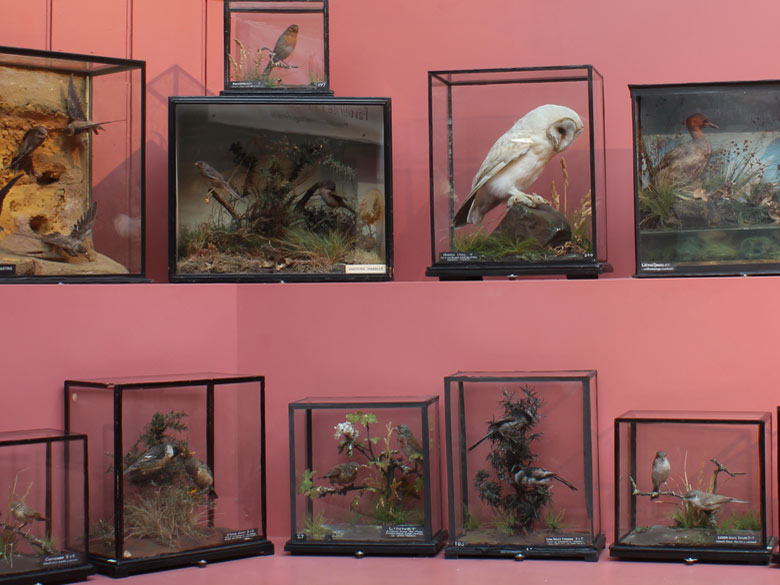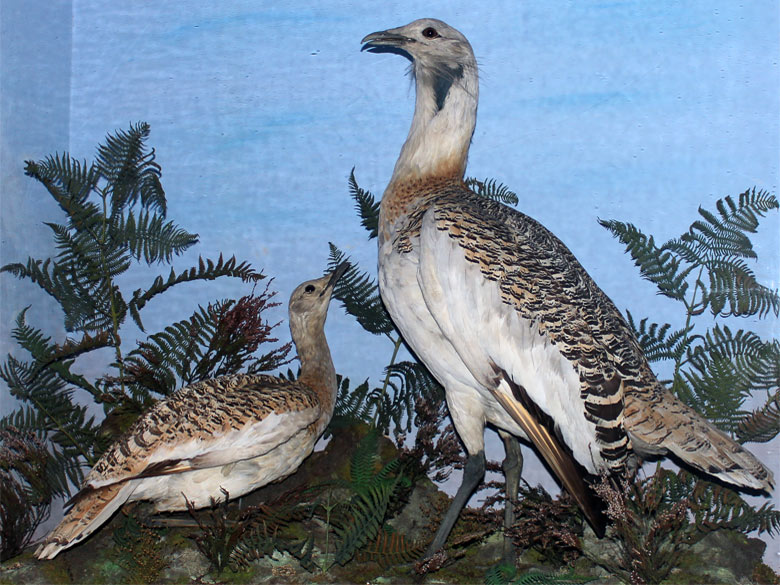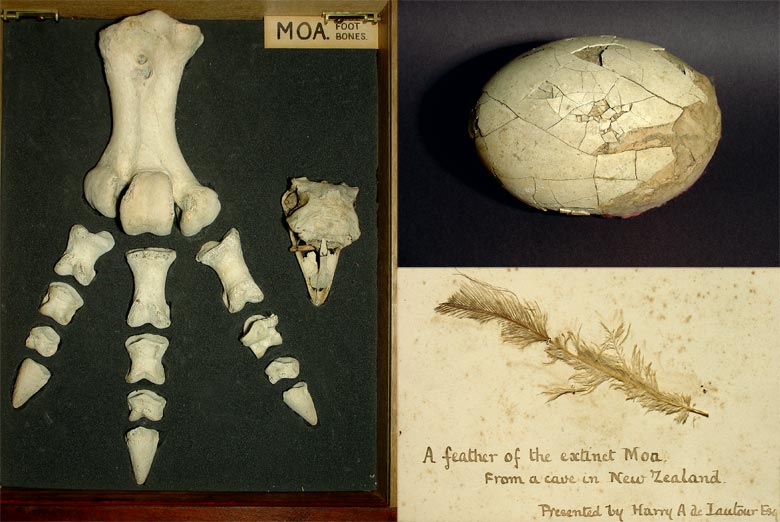Robert Henson Moses Collection
The collector Robert Henson Moses (1871-1949) bequeathed a large collection of worldwide marine, land, and freshwater shells to Haslemere Museum. The connection with Haslemere was through an associate Colonel J. F. Bensley, whose mother lived in the area. Both Colonel Bensley and Moses were both members of the Conchological Society of Great Britain and Ireland.
Moses worked as a pharmacist in North London. He had a broad interest in natural history, but he disposed of his collections of plants, birds’ eggs and lepidoptera to specialise in molluscs. He visited the Kent coast often, particularly Sandwich Bay, to collect marine shells. Some of these were placed in his collection, but others were used for exchange. He corresponded with conchologists all over the world and the bulk of his collection is non-British.
Each specimen is neatly labelled with its scientific name, authority where known and locality where available. Only a few have a date of collection, but most are probably dated 1930 to 1948. A manuscript catalogue to the collection in a bound ledger provides an index to the genera and listings with data. The catalogue covers general marine shells in the first part and land shells in the second part.


